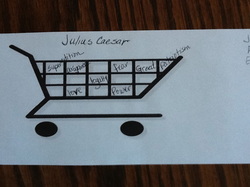
However, tickets-out-the-door can lose their effectiveness with students if they are overdone. To avoid this problem, consider adding some variety to your tickets! The prompts below can be displayed on the board, reinforced with a printed visual on a ticket, or students can quickly draw the related shape on a scrap of paper. For black line masters of the ticket ideas below, email me at anne@ideasforeducators.com.
· If you were to fill a grocery cart with key concepts from today’s lesson, what would it contain?
· If this lesson were a pizza, what would the toppings be?
· Write a news headline based on what you learned today.
· What new learning will you walk away with today?
· Write a recipe for _______________________________.
· Write a text message summary of what you learned today.
· How does this information relate to money (the economy, jobs, etc.)?
· If this concept were turned into a menu, what would be the appetizer? Main dish? Dessert?
· Complete an analogy, beginning with today’s concept…
· Write a postcard to a friend or family member explaining what you did in class today.
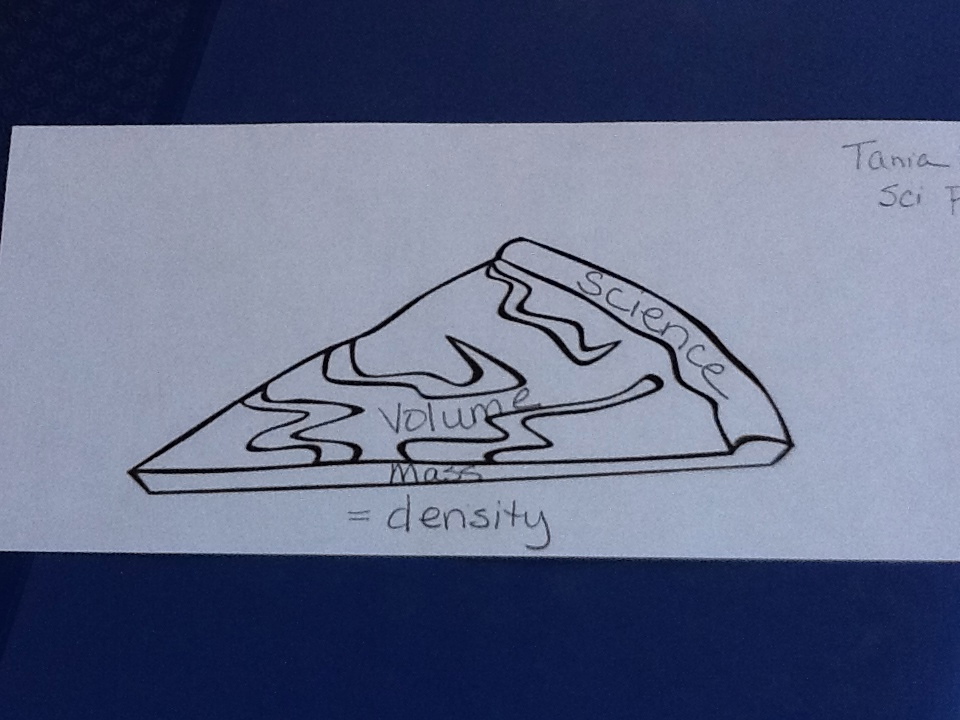
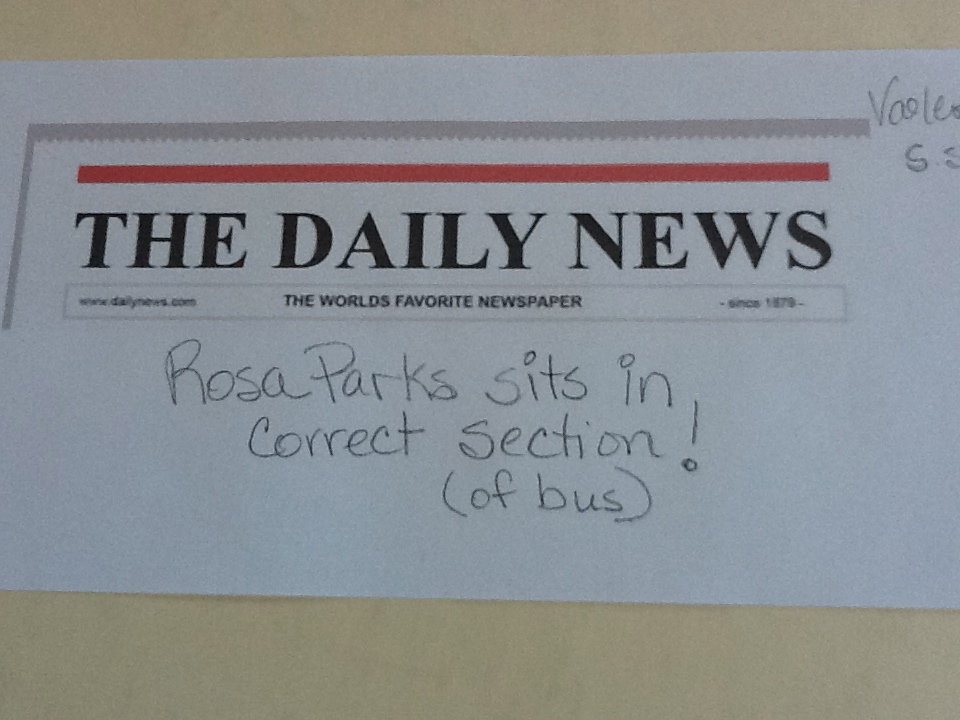
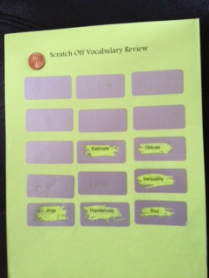

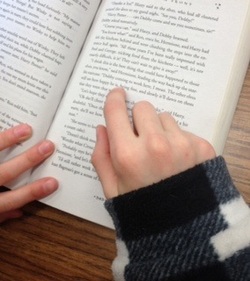
 RSS Feed
RSS Feed